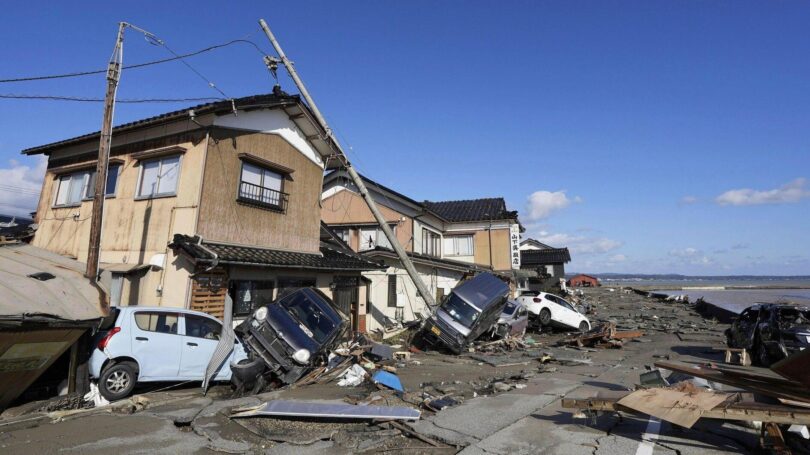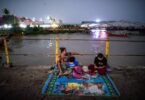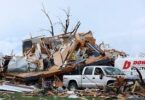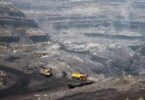NANAO (AFP): More than 50 people were reported missing Thursday as Japanese rescuers battled to reach hundreds still cut off from help three days after a devastating earthquake left at least 78 dead.
As the frantic search for survivors continues, more than a dozen communities remained isolated by landslides and blocked roads in central Japan, where the 7.5-magnitude quake struck on Monday.
The powerful main tremor, followed by hundreds of aftershocks, injured at least 330 people, local authorities said.
Authorities also published a list on Thursday of 51 people whose whereabouts could not be confirmed.
Further scenes of destruction were seen by AFP in the coastal town of Anamizu, including cars crushed under crumbling concrete and whole facades torn off three-storey structures.
Thousands of soldiers, firefighters and police officers from across Japan combed through the rubble of collapsed wooden houses and toppled commercial buildings for signs of life.
Around 29,000 households were without electricity in Ishikawa prefecture on the Sea of Japan coast, and more than 110,000 homes across Ishikawa and two neighbouring regions had no water.
Access was blocked to small communities in the hardest-hit Noto Peninsula region — with 300 people desperately waiting for aid at a school in the town of Ooya in the Suzu area.
“Even if I give my food to my children, it is not enough at all. I have eaten almost nothing for the past two days,” a woman in her 30s with three children in Suzu told the Asahi Shimbun newspaper.
– ‘Critical’ 72 hours –
In the city of Nanao, police managing traffic told drivers that one of the main roads leading to Wajima — where a huge fire razed a whole area of traditional wooden houses — had been prioritised for emergency vehicles.
“Either reconsider carrying on, or risk facing a huge traffic jam ahead,” an officer was heard warning drivers, approaching them one by one.
At a nearby gas station, a long queue of cars was waiting outside for it to open as the clock ticked past 8 am.
Although there were no fuel shortages at the station for now, workers there told AFP they were rationing gas nonetheless.
Monday’s main shockwave triggered tsunami waves at least 1.2 metres (four feet) high in Wajima, and a series of smaller tsunamis were reported elsewhere.
Broadcaster NHK reported that one person was swept away by the tsunami in Noto’s Suzu area, with the coast guard investigating.
“This is a very difficult situation. But from the viewpoint of protecting lives, I ask that you make every effort to save and rescue as many lives as possible by this evening, when the critical 72 hours of the disaster will have passed,” Prime Minister Fumio Kishida said at a government meeting on Thursday.
He was due to speak again in the afternoon, 72 hours after the main quake hit — a timeframe when the hope of finding survivors typically fades.
Japan experiences hundreds of earthquakes every year and most cause no damage, with strict building codes in place for more than four decades.
Earthquakes have hit the Noto region with intensifying strength and frequency over the past five years.
The country is haunted by a massive 9.0-magnitude undersea quake in 2011, which triggered a tsunami that left around 18,500 people dead or missing.
It also swamped the Fukushima atomic plant, causing one of the worst nuclear disasters in history.







